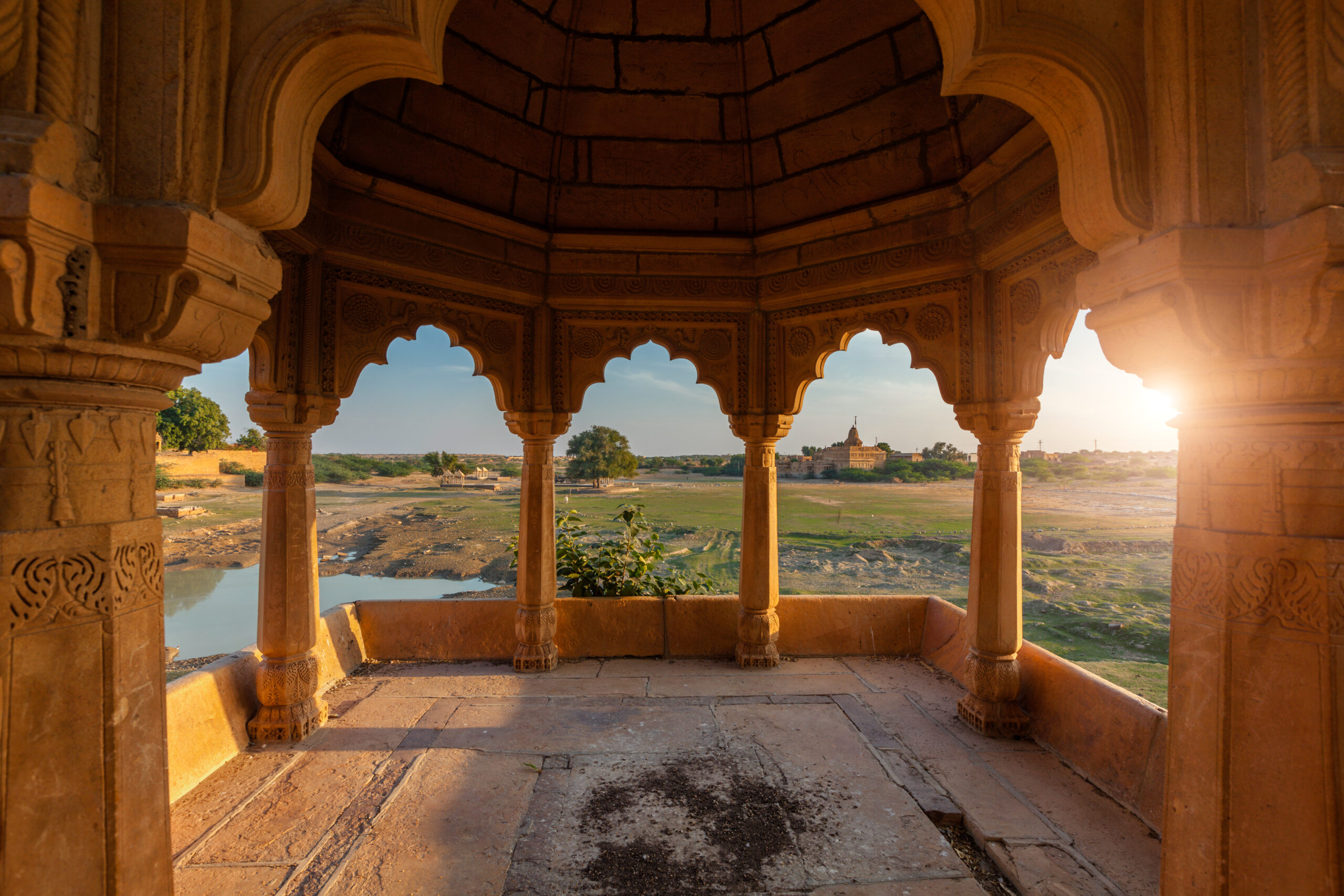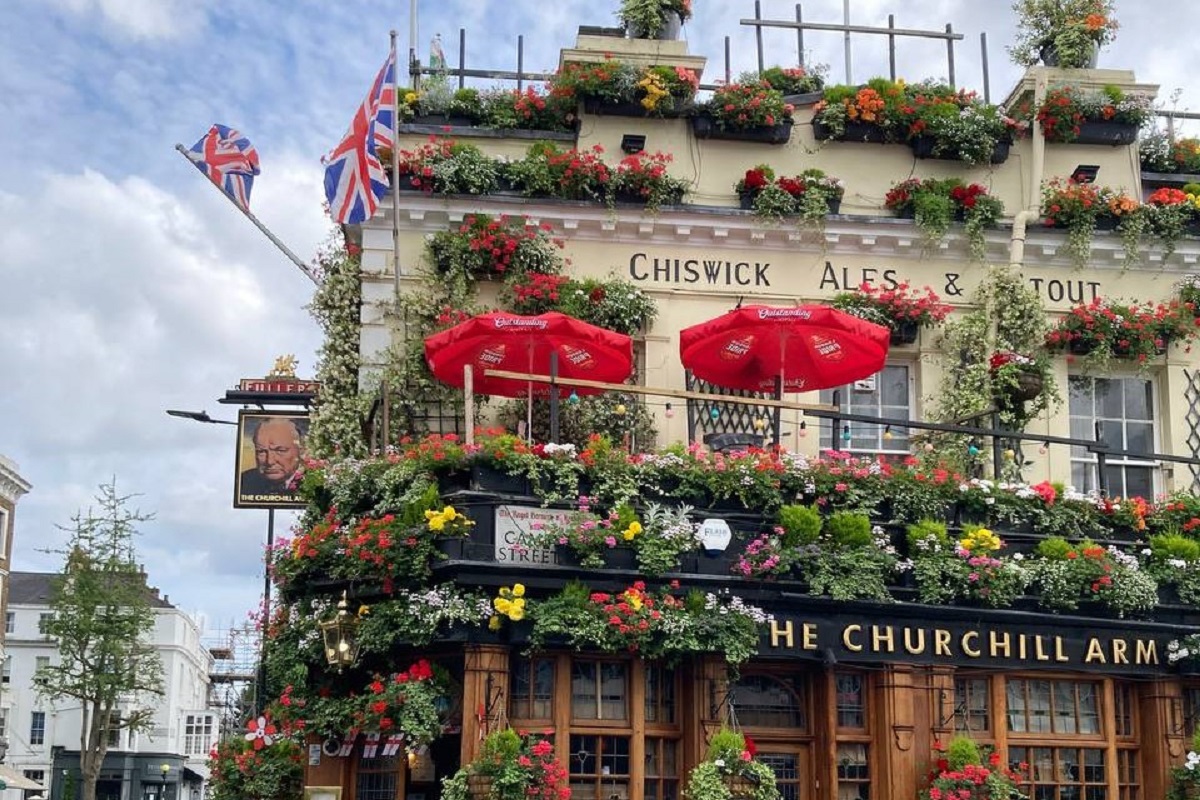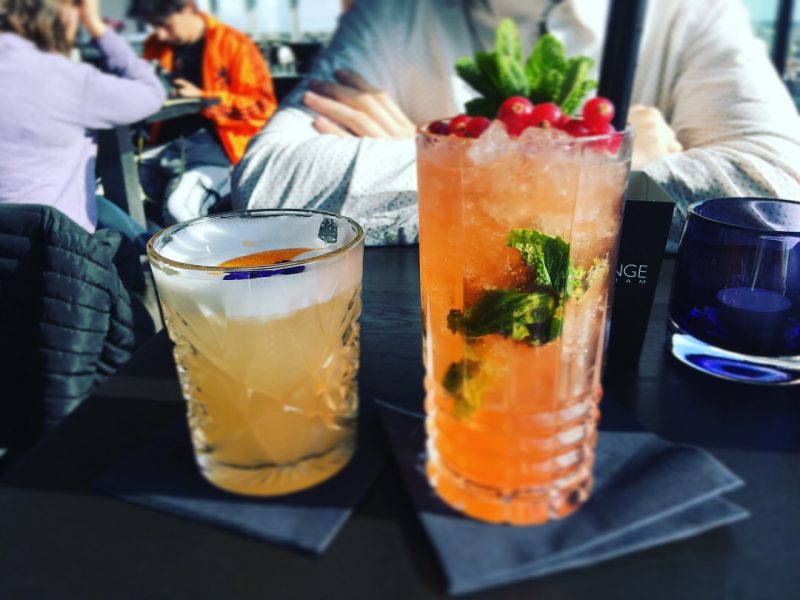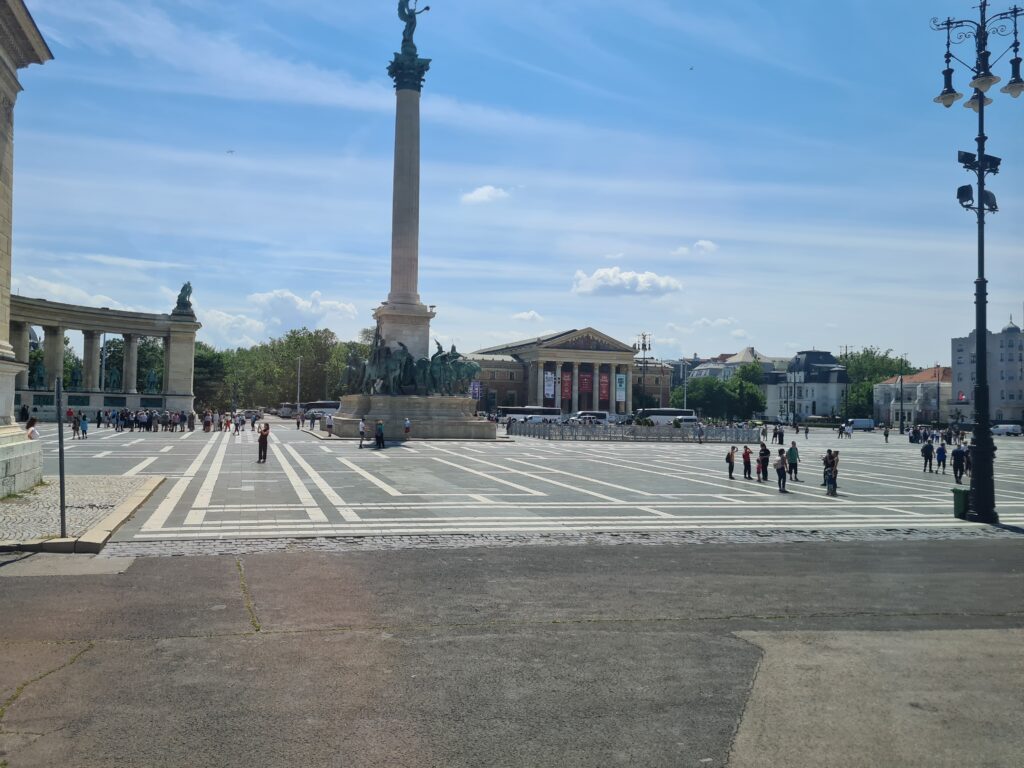April 24, 2025
Indholdsfortegnelse
Transport
Learn more about the Flyhacks that allow you to get more comfortably around Amsterdam:
- Amsterdam = bikes. Yes, it really is the most convenient means of transport in the city at all seasons. The navigation is maximized and each traffic light has a separate button to turn on the green light, which is special for cyclists. Having a car in the city is a luxury due to taxes and expensive maintenance.
- If you decide to buy a bike, you must be prepared to drive it responsibly. Lift your hand, depending on which way to turn, so the cyclists behind you understand where to go. It is really important for traffic.
- It is only when you try to park your bike that you discover how big problems Amsterdam has – all seats are usually filled up. Be patient and do not clamp your transport in the wrong place – for example at the bridge. There are free parking spaces on several floors in the city that you can safely use (one of them is at Centraal Station). Make sure you check that your bike wheels are secured with a lock and that the bike itself is tightened – they are very often stolen.
- For everyone else, there are trams. Like the trains, they are very stable. Each stop has a scoreboard with the remaining waiting time. It never fails. Inside each tram, there is, in addition to the driver, a conductor who gives instructions, sells a ticket or keeps an interesting dialogue in motion. It is important: only briefly accepted. Expensive, but you can make an endless number of shifts and not only use trams, but also metro and buses from the GBV company.
- By the way, if the payment terminal on the tram does not work and you do not have a ticket, the trip is officially free.
- Important: Bicycles are not allowed in trams and buses. You can take bikes in the subway, but you have to buy an extra ticket and keep track of time – you can’t take them during rush hour, as the passengers will otherwise be bothered. But you can run down or up with the subway in a comfortable and spacious elevator.
- If you go, don’t step on the bike paths. Cyclists are the most important people on the road. You have to let them pass and stay away, otherwise there is a risk that you will be hit. And by the way, there is a cool separate button at the traffic light so you can also switch to green light.
- Traveling to another city can be done by train. You can plot a route on the NS Transport Company’s website so you know exactly what time and where the train is running from, as well as how much the ticket costs. The country is quite small, so the journey doesn’t take long.

Food
When choosing what and where to eat in Amsterdam, consider the following shades:
- Coffee lovers can rejoice. Almost all places are brewed perfectly and there are plenty of coffee shops (not to be confused with coffee shops).
- Don’t forget to try the famous apple pie (Appeltaart). The most famous place is Winkel 43.
- On Sundays you can find street markets (for example, Albert Cuypstraat in De Pijp), where you can not only buy clothes but also local street food, which is definitely worth a try. In the small stalls you can find herring with onions, french fries (friedjes), the famous waffles with hot syrup (stroopwafels) and small airy pancakes with icing (poffertjes).
- The Dutch love to fry everything. If you want a cheap snack, you can e.g. Look for FEBO stores, a place with vending machines where you can buy all kinds of croquettes as well as burgers, french fries and bitterball frisas.
- In many cafes, the menus are time -based: You can’t come at. 14 and order soup if it is in the “Dinner” section. You have to wait until 7 p.m. 18.
- If you come to the café to work and bring a laptop, it is very likely that you will be moved to a common “work table”. On the plus side, there are definitely lots of sockets and sweet people.
- The portions are often very large. You can order a right to two and save money.
- It is not necessary to give gratuity to the waiters – they are already included in the price of the bill.
- Another way to eat on budget is to go to the supermarket. Fortunately, they are good in the Netherlands: lots of salads of all kinds, cut and clean vegetables and fruits, compound smoothie blends – generally everything for a convenient lifestyle. You can make a salad at home in an instant because they have already done all the work for you. Even chicken can be prepared and cut into about five different spices. Important: Have access to a translator, for all products are labeled in Dutch. Mad tools, microwaves and hot water can also be found in the store.
- You can feel like a Dutch child by trying a traditional breakfast dish – toast with butter and chocolate cramp (hail stroke). You can find this dish in some cafes or you can make it yourself; You can buy crumbs in the supermarket. You will be surprised at how many types of hails are found.
Accommodation
Accounting in Amsterdam is a separate topic and it is quite difficult to save money, but there are also some goodies here:
- Living in Amsterdam is very expensive. A bed at a hostel costs about 40-50 euros per day. night. Apartments start at € 110 per. night; Closer to the center they become more expensive. It’s best to live a little further away from Amsterdam – it’s calmer and cheaper. You can get into town fairly quickly with the same means of transport: bike, tram and train.
- The stairs in the houses slop at a very large angle. Be careful, especially at night.
- When you leave the apartment, the door doesn’t have to be closed with a key – it closes by itself.
- Don’t forget to sort your garbage! If you do not live in the center, look for underground trash cans near your house; There are four of them: paper and cardboard, plastic, glass and non-recyclable waste. There is also an underground recycling bucket for textiles if you are looking for it.

Other things
Here are a few other Lifehacks to help you travel in Amtserdam without a headache:
- Before entering a store, at a café or at a museum, check out their opening hours. Popular non-work days: Sunday, Monday and Tuesday.
- Carefully check which payment methods are available where you are going. Due to the extra tax on international Visa and Mastercard cards, in many places only accept cash and Maestro cards from local banks. There are also places that do not accept cash at all. It is best to ask the cashier or waiter in advance so that you do not have trouble.
- English is almost as important here as the local language, Dutch. In schools, they start teaching it when you are 4 years old, so everyone speaks it very fluently. There will certainly be no problems with communication.
- Although the Netherlands is a very free country, you must respect the signs in the city center. It’s not everywhere you have to drink alcohol and smoke.
- If you need help, feel free to go to the police. They are friendly, polite and ready to answer all questions.
- Don’t be intimidated by the Dutch’s straightforwardness; It’s their particular feature.
- Take a reusable water bottle on your walk. There are water fountains in the park and you can also ask a cafe to fill them for you. It’s free if you ask nicely.
- In April and October you can in the heart of the city, Dam Square, drive in carousels, taste local sweet things and just have fun.
- Take warm clothes on, the weather is very changeable.
- Pre -order the museums you would like to visit; Otherwise, you are likely to not get a place.
- In Amsterdam you can also visit some museums for free. For example, at the free East Museum, where tourists, in addition to an interesting tour, are often offered a taste of Dutch specialties. At the oldest Dutch Diamond Factory, “Gassan”, free guided tours of an hour duration are arranged. Here you will be told about the diamond industry and shown various beautiful stones. But the most interesting thing is the opportunity to visit the workshop and even learn some of the finesse in the art of working with stones. Just don’t forget to sign up for the trip in advance.
Subscribe
0 Comments






